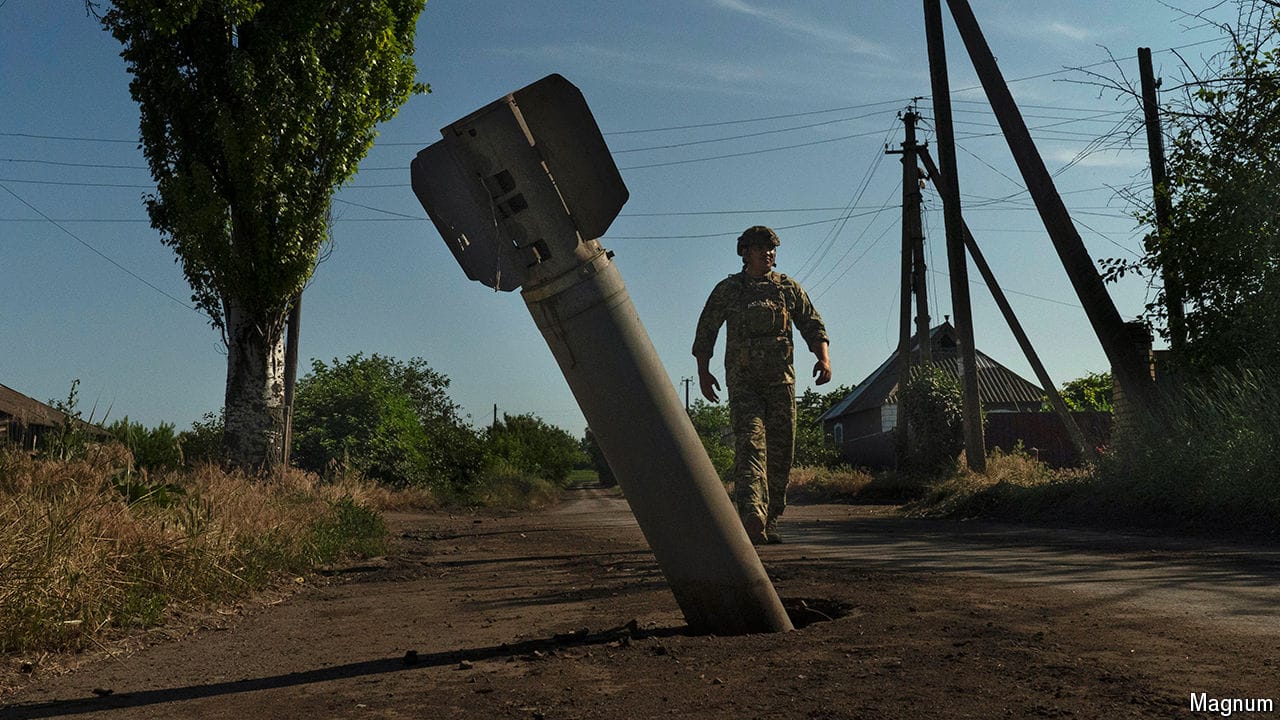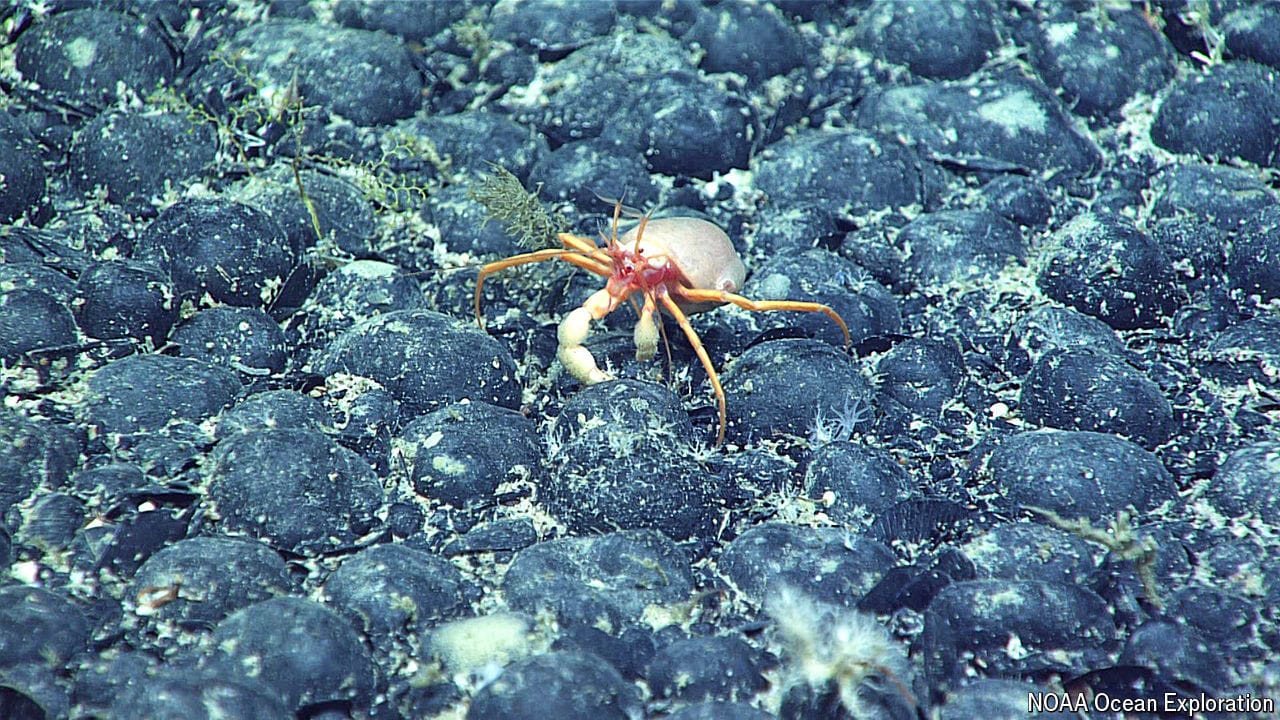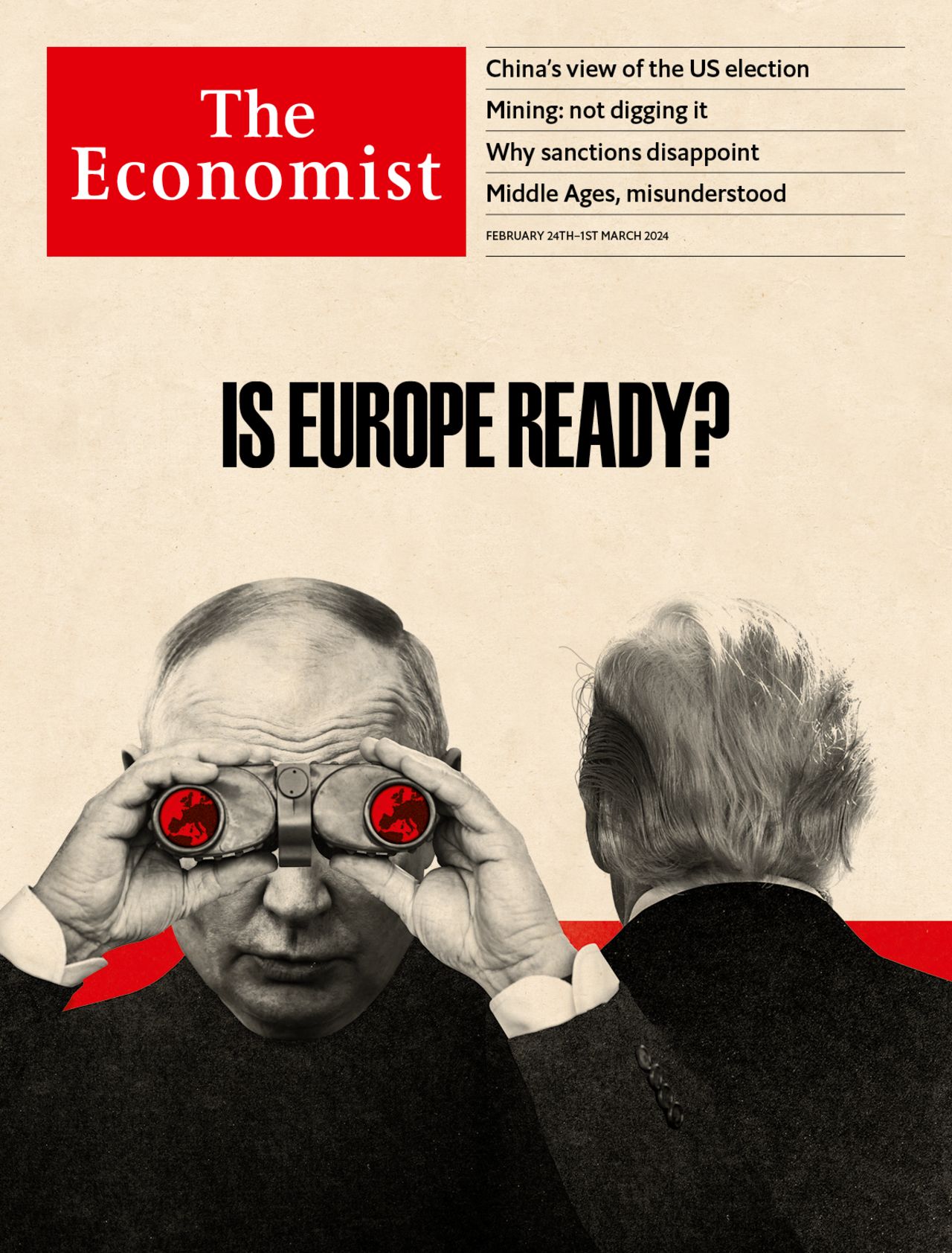Long covid is not the only chronic condition triggered by infection
Finding similarities between post-infectious illnesses could lead to better treatments

SOME INFECTIONS—HIV/AIDS, for example—are chronic. If you catch one you are stuck with it indefinitely, unless a treatment exists to clear away the guilty pathogen. Many, though, are acute. Unless they kill you, your immune system will do the clearing and you can carry on as before.
For an unlucky few, however, that is not the end of the story. Certain infections have a second act, brought about by some consequence of the pathogen’s visit. Sometimes, the physiological chain is clear. One well-known example concerns a variant of Streptococcus that causes rheumatic heart disease when the body’s immune response also attacks cardiac tissue. Often, though, the connections are more opaque—particularly with neurological symptoms. Indeed, it may not even be clear which pathogen is involved.
This article appeared in the Science & technology section of the print edition under the headline “Peering through the fog”
More from Science and technology

How Ukraine’s new tech foils Russian aerial attacks
It is pioneering acoustic detection, with surprising success

The deep sea is home to “dark oxygen”
Nodules on the seabed, rather than photosynthesis, are the source of the gas

Augmented reality offers a safer driving experience
Complete with holograms on the windscreen
Clues to a possible cure for AIDS
Doctors, scientists and activists meet to discuss how to pummel HIV
AI can predict tipping points before they happen
Potential applications span from economics to epidemiology
Astronomers have found a cave on the moon
Such structures could serve as habitats for future astronauts
